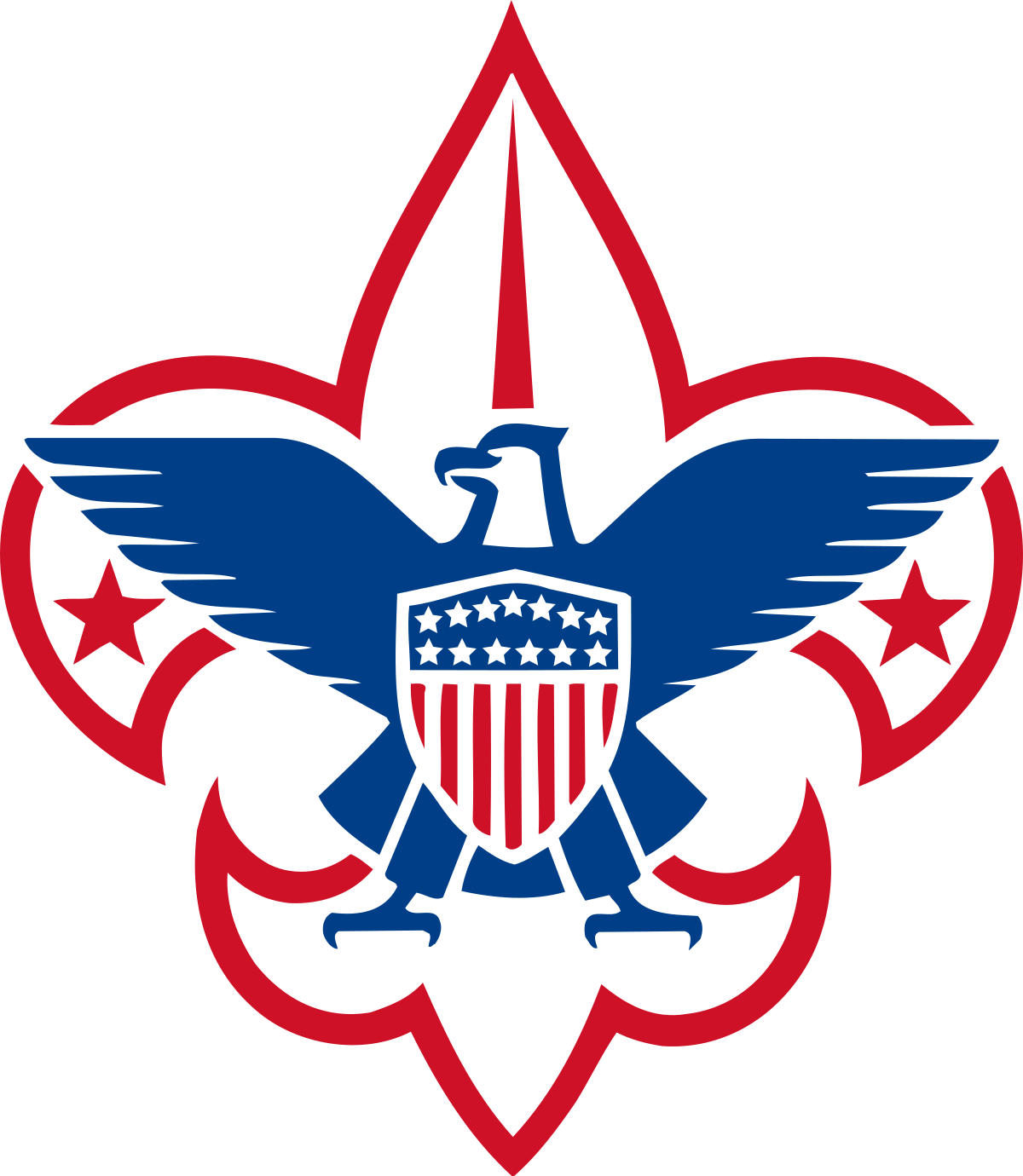There aren’t a great many Buddhists outside Asia and the far East, but many of Scouts from Japan, for example, who attend Jamborees and Jamborettes are Buddhist by Faith. Many US Scouts of South-east Asian decent are Buddhist. Buddhism was founded by Siddhartha Gautama who was born about 563 BC. He realized that
the ills that strike humanity come from inside the human being and that human
life is suffering. His realization came around 528 BC so that is a point from
which we can say Buddhism comes. It is a very old faith.
It is quite a difficult religion to explain. Buddhists believe that it is possible to move from the suffering of humanity to a state of perfection or salvation called ‘Nirvana’. But this state takes a very long time – many lifetimes – to achieve. When someone dies it does not mean that they cease to exist, but that they move into another state of existence. And in this world nothing is permanent even time is a flow of milliseconds having no permanence.
Courtesy of –
The Mac Scouter’s Big “A Scout is Reverent” resource book
And the major Buddhist Holidays:
New Year’s Day (January 1)
This is a day of dedication. With renewed determination we dedicate ourselves to the way of the Nembutsu.
Nirvana Day or Nehan-e (February 15)
On his day we solemnly observe the passing of Sakyamuni Buddha into Parinirvana. Although he attained enlightenment and became a Buddha, he was still in his earthly form.
This earthly form had to perish, but his teaching is eternal.
Higan-e (March 21)
Higan means other shore. It is a service conducted during the spring equinox. At the time, the weather is neither too warm, nor too cold, and
the days and nights are of equal length. At this time, harmony fills the universe. Therefore, we gather before the sacred shrine of Amida Buddha and
meditate on the harmony of nature and devote ourselves to the realization of this harmony in our inner lives.
Buddha Day or Hanamatsuri (April 8)
This service is held to commemorate the birth of Prince Siddhartha Gautama in Lumbini Garden. During the service a flower shrine, known as the
“Hanamido” is placed in front of the main shrine as a symbol of Lumbini Garden. The sangha offers flowers and pours sweet tea over the image of the
infant Buddha.
Obon (July 15)
Obon is Buddhist Memorial Day. An ancient legend tells us that during the time of the Buddha, one of the disciples, Moggallana, saw with his
superhuman sight the agony of his mother as she suffered in the lowest hell. When this fact was brought to the attention of Buddha, he was moved to great
compassion and the woman was saved. Moggallana and the other disciples clapped their hands in joy. The legend says this was the origin of the Bon
odori. Obon is an occasion for rejoicing in the enlightenment offered by the Buddha. It is often referred to as a “Gathering of Joy.”
Higan-e (September 23)
It has been a long Buddhist tradition to gather in our temples twice a year during the spring and autumnal equinox to recall the Six Perfections:
Giving, Behavior, Endurance, Endeavor, Meditation and Wisdom, and to humbly put them into practice.
Bodhi Day or Jodo-e (December 8)
Siddhartha Gautama meditated under the Bodhi Tree (Tree of Enlightenment) and became a Buddha, perfect in Wisdom and Compassion.
New Year’s Eve or Joya-e (December 31)
On New Year’s Eve, we meditate on the countless blessings we have received throughout the year, and express our gratitude to our parents, our nation,
all beings and Amida Buddha. The temple bell is rung 108 times to call in the new year and to rid ourselves symbolically of the 108 human
imperfections.
More information on the Buddhist religious emblem program can be found at the National Buddhist Committee on Scouting
Courtesy of – Karen Akimoto Troop 611, San Jose, CA
If you would like to add or improve upon these descriptions, please
submit your content to content@bsachaplain.org.
The more we have here, the more we can help promote reverence in Scouting.
